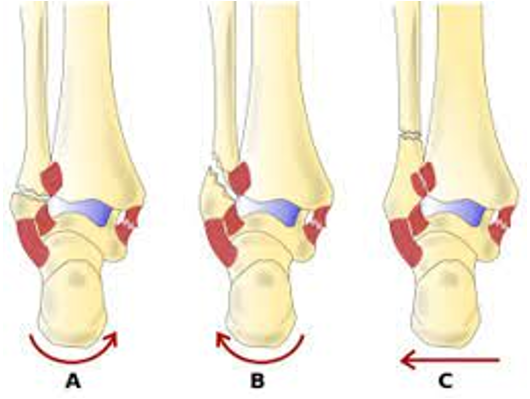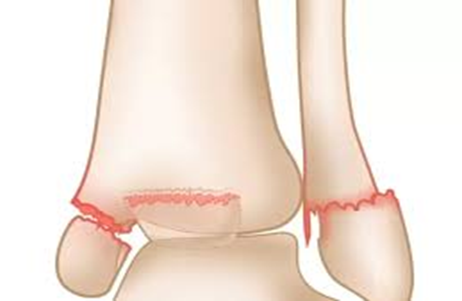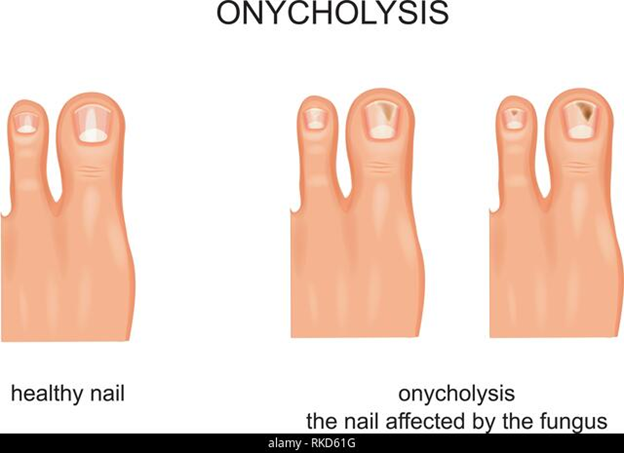Understanding Pott’s Fracture: A Comprehensive Overview
In the realm of podiatry, certain injuries and conditions demand our attention due to their prevalence and impact on the lower extremities.
One such condition is Pott’s fracture, a term that might sound unfamiliar to many but holds significant importance in the field.
Whether you are a healthcare professional seeking to expand your knowledge or an individual curious about foot and ankle health, this article will provide a comprehensive overview of Pott’s fracture, shedding light on its causes, symptoms, diagnosis, treatment options, and long-term implications.
What is a Pott’s fracture?
A Pott’s fracture is a specific type of ankle fracture that involves one or both the tibia (shinbone) and the fibula (smaller bone in the lower leg).
It typically occurs as a result of an excessive inward or outward twisting force on the ankle joint, leading to a fracture in one or both of these bones.
What are the causes of a Pott’s fracture?
The most common causes of a Pott’s fracture are traumatic injuries, such as falls, sports-related accidents, or motor vehicle accidents, where the ankle joint is forced into an extreme position beyond its normal range of motion.
This can result in a fracture or multiple fractures in the ankle bones.
What are the common symptoms of a Pott’s fracture?
Symptoms of a Pott’s fracture often includes severe pain, swelling, bruising, and tenderness around the ankle.
There may also be difficulty bearing weight on the affected leg, deformity or misalignment of the ankle, and limited range of motion.
Some patients may experience a popping or cracking sound at the time of injury.
How is a Pott’s fracture diagnosed?
A Pott’s fracture is diagnosed through a combination of physical examination, medical history review, and imaging tests.
The podiatrist will carefully assess the ankle for tenderness, swelling, and deformity.
X-rays are commonly used to confirm the diagnosis and assess the extent of the fracture.
In some cases, additional imaging tests such as MRI or CT scans may be necessary to evaluate associated soft tissue damage or fracture displacement.
What is the treatment for a Pott’s fracture?
Treatment for a Pott’s fracture depends on the specific characteristics of the fracture and may involve both conservative and surgical approaches.
Conservative treatment may include immobilisation with a cast or splint, elevation of the leg to reduce swelling, pain management, and gradual weight-bearing as directed by the podiatrist.
Surgical intervention may be necessary for more severe fractures or cases where there is significant misalignment or instability of the ankle joint. Surgical options can include realignment of the bones with screws or plates to facilitate proper healing.
Do all Pott’s fractures require surgery?
No, not all Pott’s fractures require surgery.
The treatment approach will depend on the severity and stability of the fracture, as well as the individual patient’s age, overall health, and lifestyle considerations.
Some less severe fractures may be successfully treated with conservative methods, such as immobilisation and gradual rehabilitation. However, more complex fractures, displaced fractures, or fractures that involve joint instability may require surgical intervention to ensure optimal healing and long-term function of the ankle joint.
How long does it take to recover from a Pott’s fracture?
The recovery time for a Pott’s fracture varies depending on several factors, including the severity of the fracture, the chosen treatment approach, and individual healing factors.
In general, it can take several weeks to a few months for the fracture to heal. Conservative treatment usually involves a period of immobilisation followed by a gradual return to weight-bearing activities under the guidance of a podiatrist.
Surgical recovery timelines may vary but typically involve a period of immobilisation, followed by a structured rehabilitation program to restore strength, range of motion, and functionality to the ankle joint.
Are there any potential complications associated with a Pott’s fracture?
Potential complications associated with a Pott’s fracture can include:
- delayed or nonunion (failure of the bones to heal properly),
- malunion (improper alignment during healing),
- post-traumatic arthritis,
- nerve or blood vessel damage, and
- chronic ankle instability.
Seeking prompt and appropriate treatment from a qualified podiatrist is essential to minimise the risk of complications and optimise the chances of a successful recovery.
Can I prevent a Pott’s fracture?
While it may not be possible to prevent all Pott’s fractures, there are steps you can take to reduce the risk of injury.
Wearing appropriate footwear that provides proper support and stability can help protect the ankle during physical activities.
Maintaining strong muscles and good flexibility in the lower limbs through regular exercise and stretching can also help prevent falls and accidents.
It’s important to use caution and proper technique when participating in high-risk activities or sports, and to gradually increase activity rather than going too hard too fast.
When should I see a podiatrist for a suspected Pott’s fracture?
If you suspect you have a Pott’s fracture or have experienced a significant ankle injury, it is crucial to seek prompt medical attention from a podiatrist.
They are specialised in diagnosing and treating foot and ankle conditions, including fractures. You should see a podiatrist if you experience severe pain, swelling, deformity, or difficulty bearing weight on the affected leg.
It is especially important to seek immediate medical care if you notice an open wound, exposed bone, or if you are unable to move your ankle at all.
Need help with a Pott’s Fracture in Melbourne?
At Hurst Podiatry, our experienced podiatrists have extensive knowledge in diagnosing and managing Pott’s fractures. We will conduct a thorough evaluation, including a physical examination and imaging tests, to determine the extent and severity of the fracture.
Our goal is to provide you with the most appropriate treatment plan tailored to your specific needs, whether it involves conservative measures or surgical intervention. Our team is dedicated to helping you recover from your Pott’s fracture, regain your mobility, and get back to your active lifestyle as soon as possible.
Remember, early intervention is crucial in promoting optimal healing and preventing complications, so don’t hesitate to reach out to Hurst Podiatry for expert care and guidance if you suspect a Pott’s fracture.





